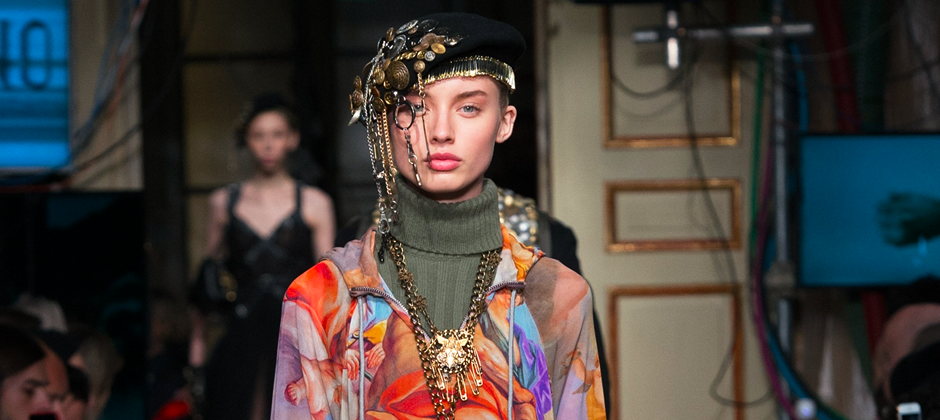When you step inside the late Donald Judd’s restored 19th-century cast-iron New York residence and studio, you’re taken back in time. Not to Nicolas Whyte’s 1870s textile factory but transported to 1970s SoHo, where artists like Judd and Daniel Flavin contributed and helped save the “artists’ haven” from demolition. In the opening regards given to a group of press at a preview earlier this month, Flavin Judd, Judd’s son, powerfully stated, “Art saved SoHo.”
To honor the neighborhood once filled with an abundance of art galleries and exhibition spaces, the Judd Foundation partnered with the David Zwirner Gallery to show “Make Art, Not Pipelines.” A Flavin and Judd collaboration show located on the bottom floor of 101 Spring Street, it recreates the atmosphere of when both Judd and Flavin started working in New York in the 1960s and 70s.
Two Flavin pieces are featured, Untitled (to Bob and Pat Rohm) (1969) and (In memory of Sandy Calder)V (1977). The two works are confined to its own space, so the lighting from each fluorescent work does not interact. Nearby are two permanent Judd sculptures that are located on the other side of the large exhibition room ,reflecting the Technicolor fluorescent lights. The exhibition also features original Judd furniture and a collection of his books, including The Serpents of Paradise: A Reader by Edward Abbey and Coronado’s children: tales of lost mines and buried treasures of the Southwest by Frank Dobie.
Judd reviewed Flavin’s “Fluorescent Lights Etc.” in 1969, an exhibition at the National Gallery of Canada, Ottawa. An excerpt of the review restates, “Three main aspects of Flavin’s work are the fluorescent tubes as the source of light diffused throughout the surrounding space or cast upon nearby surfaces, and the arrangement together or place placement upon surfaces of the fixtures and tubes.” The light of the fluorescent tubes does not interact, despite the fact that the tubes are stacked on top of each other. The different colors float in other spots in the space, like onto Judd’s cube sculptures and original ceiling. The artists’ different designs both embody a style of minimalism and speak to each other on a deep level that reflects a deep bond the artists shared together.
Judd and Flavin’s friendship started in the 1960s, when both moved to New York. Flavin and Judd met in 1962 and the two became friends, admiring and respecting each other, notwithstanding their different explorations of art. “Don liked ranches, Dan did not. Dan liked show-dogs; Don couldn’t care less, ” Judd’s son recalled warmly. This was one of the many analogies he made to explain his father’s friendship with Flavin. The Judd Foundation will continue this series of art instillations for the next two years. The next exhibition of Flavin and Judd’s work will be at the David Zwirner Gallery in the fall, opening September 10.









